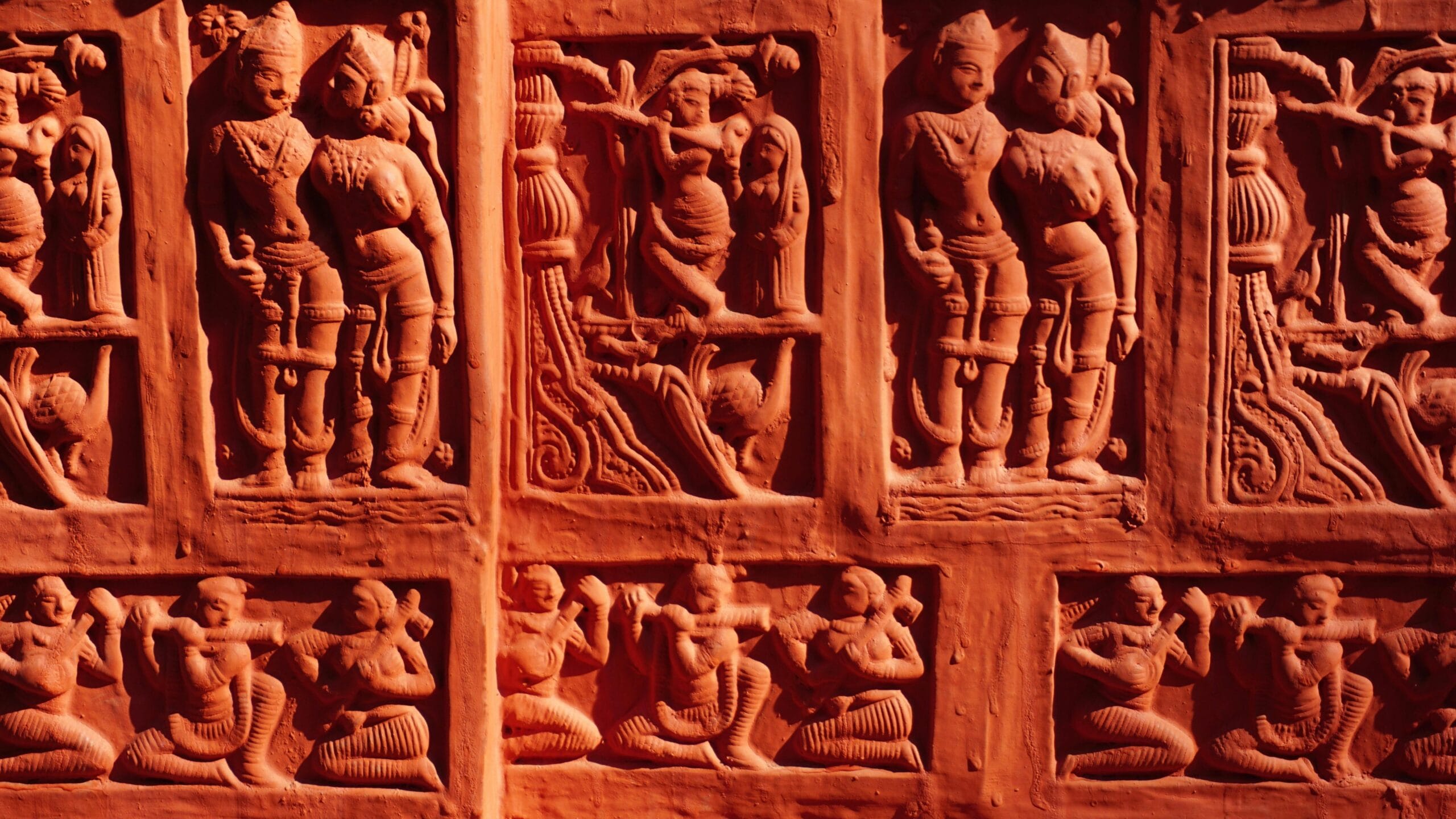Mandal Commission: OBC Rights and the Quest for Equality
Did you know that a significant portion of India’s population, the Other Backward Classes (OBCs), continue to face systemic inequalities despite constitutional safeguards? The recommendations of Mandal Commission on OBC reservation have been pivotal in India’s quest for social justice. This article explores the historical context, the commission’s findings, and the ongoing debates surrounding OBC rights, providing a comprehensive understanding of this critical issue.
Table of Contents
- Introduction
- Historical Context: The Roots of Social Inequality
- The Varna System and its Impact
- The Mandal Commission: A Turning Point for OBC Rights
- Key Recommendations of the Mandal Commission
- Impact of OBC Reservation
- Ongoing Debates and Challenges
- Data-Driven Examples of Inequality
- Disclaimer
- Conclusion
Introduction
In a developing nation like India, nation-building hinges significantly on addressing historical injustices and ensuring equal opportunities for all its citizens. The Other Backward Classes (OBC) form a substantial portion of India’s population, making their upliftment crucial for the country’s progress. The Mandal Commission played a vital role in advocating for OBC rights and representation, a cornerstone of social justice. This article explores this pivotal role. (Keywords: Mandal Commission OBC Rights, OBC reservation)
Historical Context: The Roots of Social Inequality
To understand the Mandal Commission’s significance in advocating for OBC rights, it is essential to delve into the historical context that necessitated its formation. India’s social structure has long been marred by deep-rooted inequalities, primarily stemming from the varna system.
The Varna System and its Impact
The varna system, a hierarchical social stratification, has historically divided Indian society into four main categories: Brahmins, Kshatriyas, Vaishyas, and Shudras. This system, often misrepresented as a cultural norm, has perpetuated significant disparities.
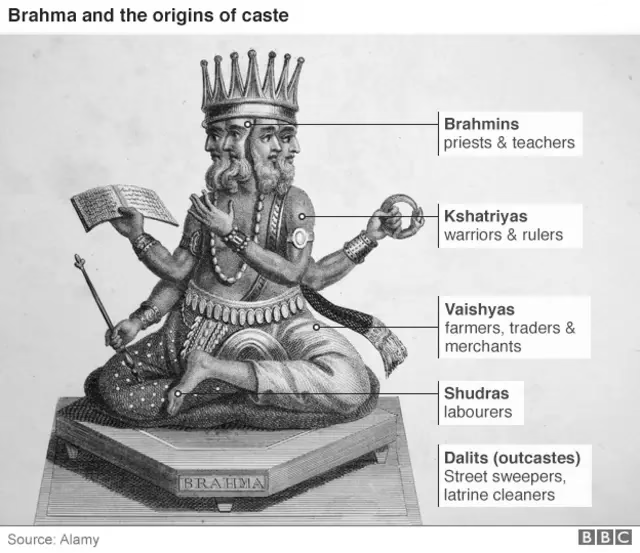
The Privileged Position of Brahmins
Brahmins traditionally held the highest position in the varna system, enjoying privileges such as access to education and religious authority. This dominance often translated into economic and social advantages, creating a cycle of privilege.
Kshatriyas: The Warrior Class
Kshatriyas, the warrior class, were historically rulers and landowners. Their status afforded them considerable social and economic power, further entrenching the hierarchical structure.
Vaishyas: The Mercantile Community
Vaishyas, engaged in trade and commerce, formed the mercantile community. Their economic activities provided them with a degree of influence and status, although not as pronounced as that of Brahmins or Kshatriyas.
Shudras: The Deprived Class
Shudras (the lowest of the four varnas in the traditional Hindu caste system), relegated to the bottom of the hierarchy, faced severe deprivation. Denied access to education and often subjected to menial labor, they lacked the means for social and economic advancement. This systematic denial of opportunities underscored the inherent injustice of the varna system.
According to Manusmriti, Shudras were even deprived of the right to accumulate wealth. If they dared to learn or listen to the Vedas, they faced brutal punishments such as having molten lead poured into their ears. The lives of Shudra children were starkly different, with education being forbidden by religious texts.
The Mandal Commission: A Turning Point for OBC Rights
The pervasive inequalities within Indian society necessitated the formation of the Mandal Commission, a pivotal moment in the pursuit of social justice and OBC rights.
Appointment and Mandate
In 1979, the Indian government established the Mandal Commission, led by B.P. Mandal, to identify and address the socio-economic backwardness of various communities. The commission’s mandate was to recommend measures for their upliftment.
Criteria for Identifying OBCs
The Mandal Commission faced the critical task of defining the criteria for identifying OBCs. This involved extensive data collection and analysis to determine the indicators of social, educational, and economic backwardness.
Key Recommendations of the Mandal Commission
After thorough research, the Mandal Commission presented a series of key recommendations aimed at rectifying the historical injustices faced by OBCs.
Implementation of Reservation
The most prominent recommendation was the reservation of 27% of government jobs and seats in educational institutions for OBCs. This quota, combined with existing reservations for Scheduled Castes (SCs) and Scheduled Tribes (STs), aimed to ensure fair representation for marginalized communities.
The commission aimed to redistribute some of the privileges enjoyed by the upper castes to correct existing imbalances . This decision acknowledged the pre-existing, often invisible, reservation enjoyed by upper-caste groups.
Challenges in Implementation
The implementation of the Mandal Commission’s recommendations faced significant opposition and legal challenges. Concerns were raised about the impact on meritocracy and the potential for social unrest.
This period was marked by widespread protests and debates, highlighting the deep divisions within Indian society. The most vocal opponents of the Mandal Commission included influential figures like Raghunath Vyankaji, and Gopal Krishna Gokhale. These figures, predominantly Brahmins, expressed concerns about merit being compromised and the potential disruption to the existing social order.
Impact of OBC Reservation via Mandal Commission
Despite the initial challenges, the implementation of OBC reservation has had a profound impact on Indian society, particularly in education and social empowerment.
Education and Representation
OBC reservation has increased the representation of OBC students in educational institutions, providing them with greater access to higher education and professional opportunities. This has helped to bridge the educational gap and promote social mobility.
Social Empowerment
Increased representation in government jobs and educational institutions has led to the social empowerment of OBCs. This empowerment has translated into greater political awareness and participation, strengthening their voice in shaping the country’s future.
The Mandal Commission aimed to counter the historical disenfranchisement of the Shudra community by addressing systemic inequalities. Prior to these measures, OBCs faced significant barriers to education and employment, perpetuating a cycle of disadvantage.
Ongoing Debates and Challenges
The Mandal Commission’s legacy is not without its share of ongoing debates and challenges. Concerns persist about the effectiveness and fairness of OBC reservation.
The Creamy Layer Concept
The “creamy layer” concept, which excludes economically advanced OBC individuals from reservation benefits, remains a contentious issue. Debates continue on the criteria for determining the creamy layer and its impact on the overall effectiveness of OBC reservation.
According to Justice P.P. Balwant there is an automatic reservation in societies that have socio and economic inequality. The commission intended to address disparities that were not always visible.
Merit vs. Equity Debate
The debate between merit and equity continues to fuel discussions about OBC reservation. Critics argue that reservation compromises meritocracy, while supporters emphasize the importance of affirmative action in creating a level playing field.
The Supreme court is often involved in OBC commission related court cases. Reservations or representational policies are necessary because power structures do not willingly relinquish their advantages. The commission sought to rectify historical disadvantages that prevented qualified individuals from marginalized communities from competing on an equal footing.
Data-Driven Examples of Inequality
Data reveals persistent inequalities in higher education and government jobs, highlighting the need for continued affirmative action. According to a 2016 report in Amar Ujala, India’s central universities show a significant under-representation of SC and ST professors

Despite the allocation of 16,525 teaching positions, most universities have a disproportionately low number of SC/ST assistant professors, associate professors, and professors. This disparity is evident across various institutions.
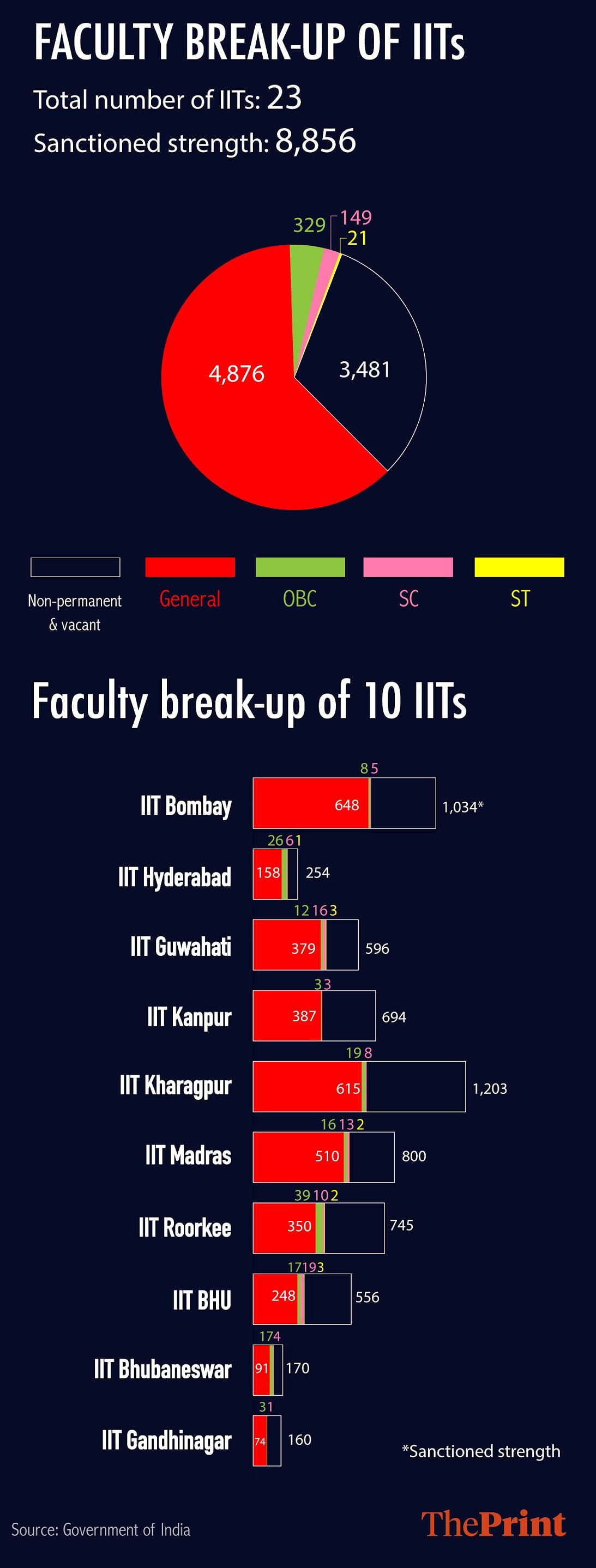
For example, Delhi University has only three SC and one ST professor while Jawaharlal Nehru University (JNU) has eight SC professors and no ST professors.
The situation is even worse in Uttar Pradesh, where Banaras Hindu University (BHU) has only one SC professor, and neither BHU nor Allahabad University has any ST professors.
According to the article, in private service there is more than 45 brahmin officers out of 52. In 1901, Sahuji Maharaj implemented a 50% reservation to non-brahmin castes.
However in his own court of 71 officers 60 officers were brahmin. This historical data underscores the entrenched nature of caste-based advantage.
In central government posts, a 2016 RTI inquiry revealed a significant under-representation of OBC officers in key decision-making roles
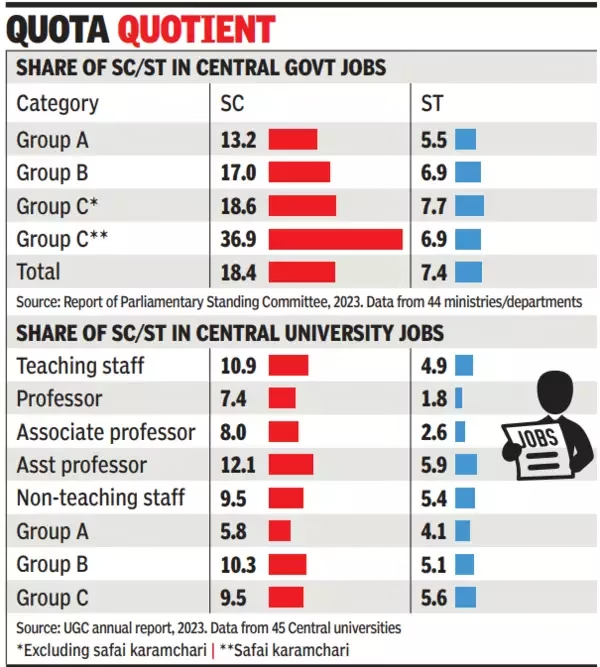
There was not a single OBC officer at the level of secretary or additional secretary in any central ministry. While SC and ST officers held a few positions, the overall representation of marginalized groups in influential roles was minimal, with general category officers occupying 82% of these positions
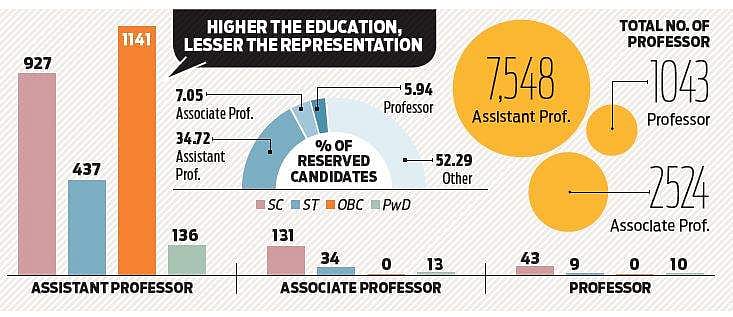
Despite having a constitutional framework for affirmative action, SC, ST, and OBC communities continue to face systemic barriers to accessing positions of power and influence.
Disclaimer
This article contains certain terms that are used within a specific context for the purpose of discussing historical and social dynamics. Their use here does not imply endorsement of the ideologies or practices associated with these terms.
- Brahmin: In this context, the term refers to the historical and ideological aspects of Brahminism, particularly its hierarchical social structure and associated privileges.
- Shudra: Refers to the lowest rank in the traditional Varna system, historically subjected to systemic oppression and denial of basic rights.
Conclusion
The Mandal Commission’s recommendations on OBC reservation have been instrumental in addressing historical injustices and promoting social justice in India. While debates and challenges persist, the impact of OBC reservation on education and social empowerment is undeniable. Continued efforts are needed to ensure fair representation and equal opportunities for all communities, fostering a more inclusive and equitable society. It is essential to engage in informed discussions and advocate for policies that promote social justice for all. Delve deeper into this critical issue by exploring our related articles and resources. Discover more and take a step towards understanding and advocating for equality.
Read more about Creamy Layer in SC/ST.
Read more about EWS Reservation Scam.
Do you disagree with this article? If you have strong evidence to back up your claims, we invite you to join our live debates every Sunday, Tuesday, and Thursday on YouTube. Let’s engage in a respectful, evidence-based discussion to uncover the truth. Watch the latest debate on this topic below and share your perspective!
